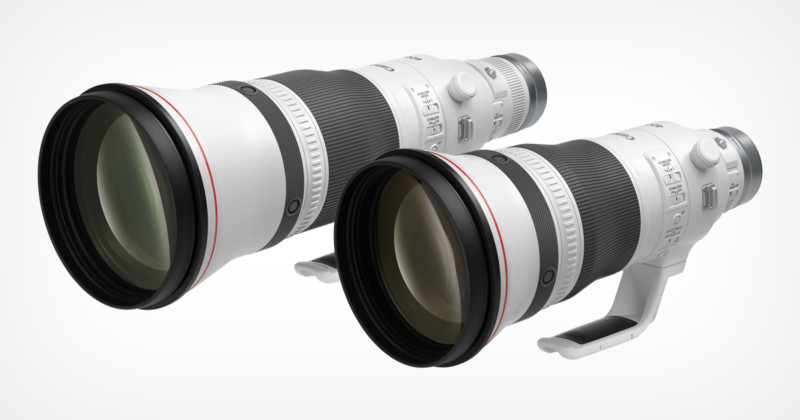
Canon has announced the coming availability of the RF400mm f/2.8L IS USM and Canon RF600mm f/4L IS USM, which it admits are optically identical to the original EF designs. The lenses look pretty much identical, save for what appears to be a bright silver built-in RF adapter.
Canon is likely to take some heat for this, but the company has basically re-released the same two ultra-telephoto zooms that it has been producing for the DSLR EF-mount since 2018 time and just added direct compatibility for RF mount. The company says that “both lenses share many of the same critical features that help professional high-end super-telephoto lenses stand out from the crowd.”
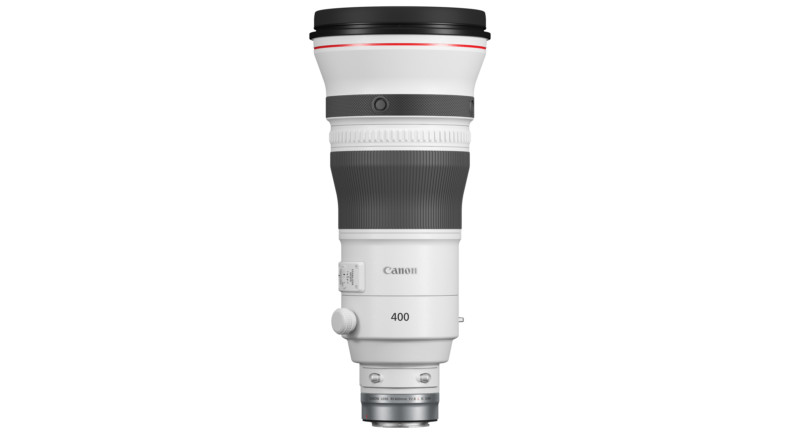
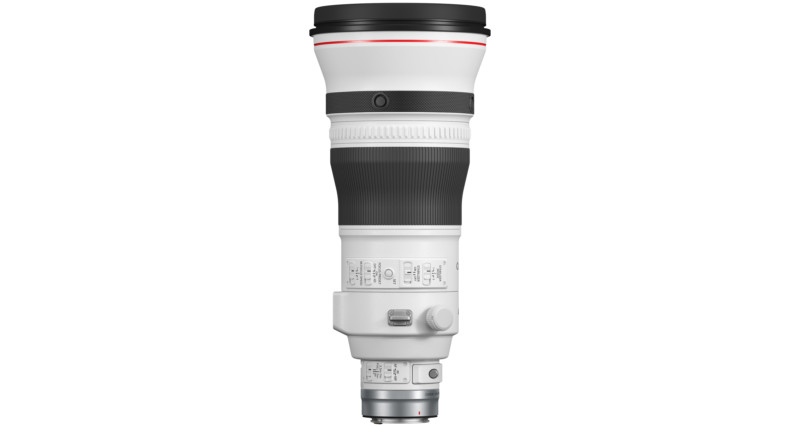
One minor difference is that these lenses promise 5.5 stops of shake correction in three distinct image stabilization operation modes (still subjects, panning, and irregular movement) while the EF version of the lens only promises five stops of shake correction. Beyond that, Canon was very upfront about the fact that optically, these lenses are identical to their predecessors and offer identical performance.
To recap, they both have the proprietary Canon Super Spectra Coating (SSC) and Air Sphere Coating (ASC) that the company says helps to minimize ghosting and flaring. Additionally, lens placement and coatings are optimized to provide users with what Canon describes as “clear, high-contrast images even when there is a bright light source.”
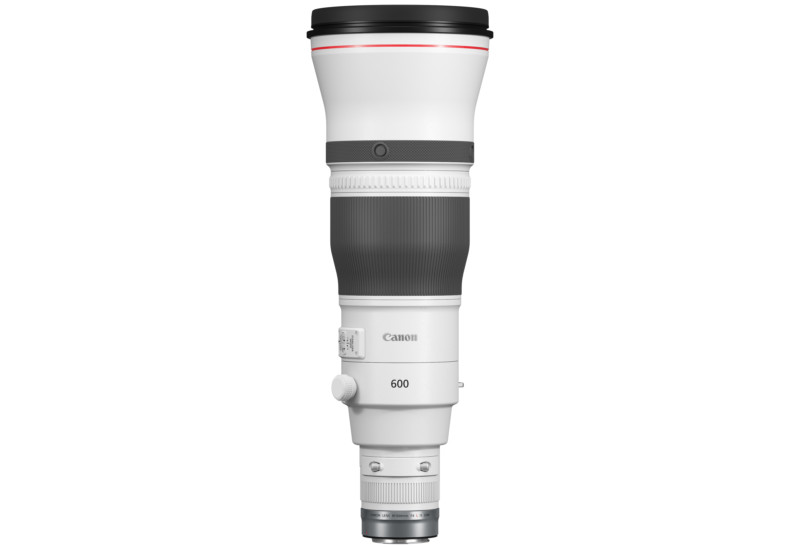
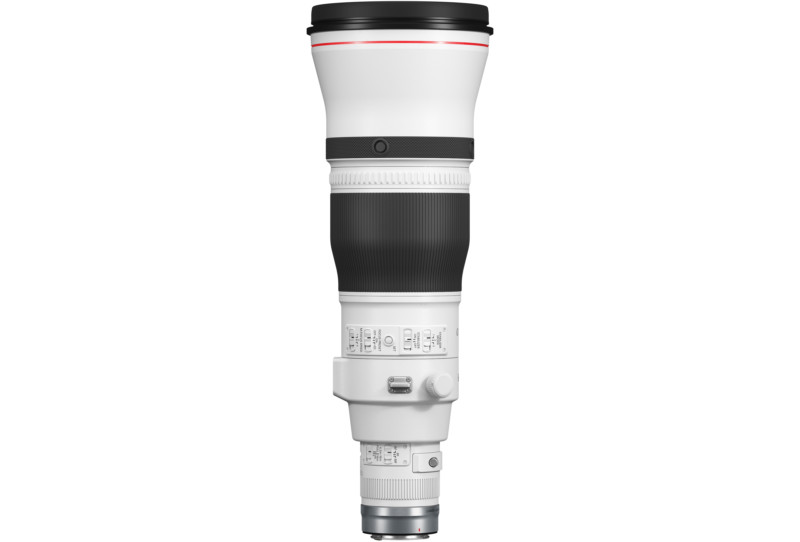
Both optics also include fluorite and super UD lens elements that Canon says are arranged in such a way to help correct chromatic aberration and make both lens bodies more compact. As their predecessors did, both lenses also have a nine-bladed circular aperture, L-series dust and water resistance, and a front element that has been treated with a fluorine coating to allow for easy cleaning. The lenses also feature two focus presents that can instantly return to one of two memorized focus distances, a feature that is ideal for sports photography. Both lenses also feature infrared reflective pigments with high reflectance and titanium oxide lens barrel coating with silica which the company says provides excellent UV weather resistance and heat reduction.
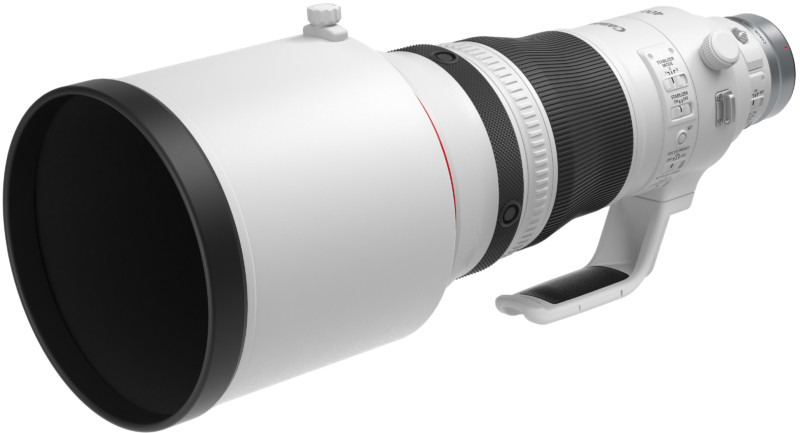
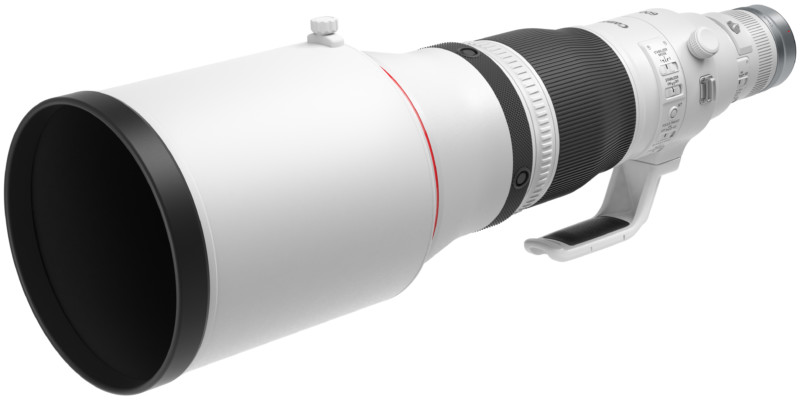
Both lenses are compatible with Canon’s RF 1.4x and 2x extenders and feature a customizable electronic focus ring and manual focus capability during Servo AF.
Compared to Canon’s RF100mm f/2.8 L IS USM that it also announced today — which does feature a new optical formula and updated focusing motors when compared to the EF-mount version — it’s clear that there are improvements that can be made when jumping from EF to RF. With the Olympics right around the corner, it’s highly likely that Canon chose to re-release the same lenses that have been available for EF mount to RF mount without any further changes to the optical formula or autofocus engine likely because building a single mirrorless super-telephoto lens in time for the international sporting event from scratch just wasn’t possible, let alone trying to do it with two. There simply isn’t enough time.
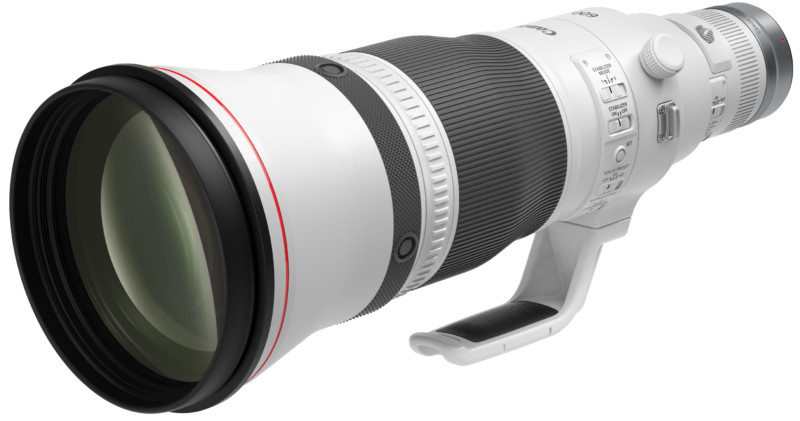
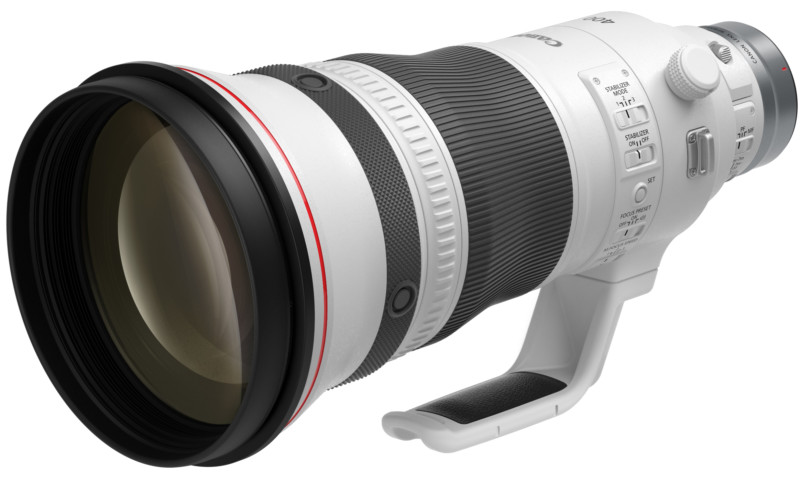
Canon states that these lenses, despite the older design and unchanged optical formula, are still capable of high-end performance even though both are clearly not custom-built for mirrorless. Skeptics should give Canon the benefit of the doubt here, as the company has also announced that it is developing the EOS R3, a sports-focused camera that promises 30 frames per second still image shooting with full-time Dual Pixel CMOS autofocus. Canon is likely expecting professionals to be using the R3 and both of these super-telephoto zooms at the Olympics this summer, and it feels like a stretch to believe that Canon would put these products together without knowing for certain that the lenses could keep up with a new high-performance sports camera body.
The optical design of the lenses isn’t the only thing that is remaining unchanged: the prices are the same too. The RF400mm f/2.8L IS USM and Canon RF600mm f/4L IS USM will be available in July for $11,999 and $12,999 respectively.